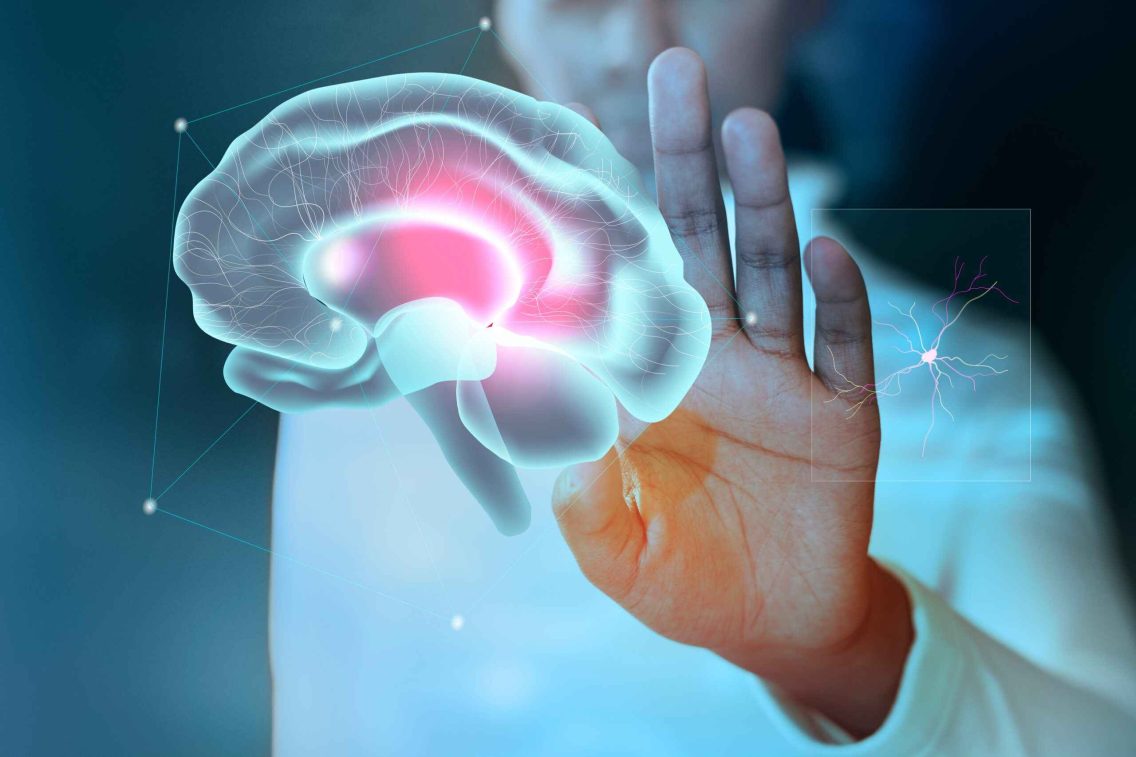Comparing Stroke vs. Brain Aneurysm

In the world of human health, certain terms often elude a clear understanding, leaving us grappling with uncertainty and confusion.
Two such terms that frequently make their appearance are “stroke” and “brain aneurysm.”
These words might sound intimidating, conjuring images of medical emergencies and dire consequences, but it’s important to demystify these conditions to grasp their distinct nature, causes, symptoms, and potential outcomes.
In this blog post, we are about to differentiate between strokes and brain aneurysms, shedding light on their unique characteristics and equipping ourselves with the knowledge that could potentially be life-saving:
Causes Of Strokes and Aneurysm
Strokes and aneurysms are both serious medical conditions that affect the blood vessels in the body, particularly those in the brain.
While they share some similarities in terms of their impact on blood flow and potential consequences, they have different underlying causes.
Strokes
A stroke, also known as a cerebrovascular accident (CVA), occurs when blood flow is disrupted to a part of the brain. Two main types of strokes can cause this disruption:
- Ischemic Stroke: Ischemic stroke is the more common type of stroke, accounting for around 85% of cases. It occurs when a blood vessel supplying the brain becomes blocked by a blood clot or a plaque buildup (atherosclerosis). The lack of blood flow deprives brain cells of oxygen and nutrients, leading to cell damage and potentially permanent brain injury.
- Hemorrhagic Stroke: This type of stroke is less common but more severe. It happens when a blood vessel in the brain ruptures, causing bleeding into the surrounding brain tissue. The bleeding can compress brain tissue, leading to damage and increased pressure within the skull.
Risk factors for strokes include high blood pressure, high cholesterol, smoking, diabetes, obesity, family history of strokes, certain heart conditions (like atrial fibrillation), and age.
Aneurysms
An aneurysm is a weak or bulging spot in the wall of an artery. This bulge can rupture, causing bleeding into the surrounding area, which can be life-threatening. Aneurysms can develop in various arteries throughout the body, including the brain (known as cerebral aneurysms) and the aorta (the body’s main artery).
Cerebral aneurysms pose significant concerns due to the potential rupture leading to a hemorrhagic stroke.
While the exact cause of aneurysm formation may not always be clear, certain factors contribute to their development.
- Genetics: A family history of aneurysms can increase the risk of developing one.
- High Blood Pressure: Chronic high blood pressure can weaken artery walls and make them more prone to bulging.
- Smoking: Tobacco use is a significant risk factor for aneurysms and can weaken blood vessel walls.
- Atherosclerosis: Plaque buildup in the arteries can weaken the walls and contribute to aneurysm formation.
- Certain Medical Conditions: Certain conditions like Marfan syndrome and Ehlers-Danlos syndrome can predispose individuals to develop aneurysms due to abnormalities in connective tissue.
Stroke Vs Aneurysms – What Are The Symptoms?
Listed below are the symptoms associated with strokes and aneurysms:
Stroke Symptoms
- Sudden Weakness or Numbness: This typically affects one side of the body. It can affect the face, arm, or leg.
- Trouble Speaking or Understanding Speech: Difficulty forming words, slurred speech, or trouble comprehending spoken language.
- Confusion: Sudden confusion, trouble understanding surroundings, or difficulty following instructions.
- Vision Problems: Sudden blurry or loss of vision in one or both eyes.
- Dizziness or Loss of Balance: Sudden onset of severe dizziness or trouble maintaining balance.
- Severe Headache: A sudden, severe headache with no known cause, often described as the worst headache of one’s life.
- Facial Drooping: One side of the face may droop or feel numb.
- Trouble Walking: Sudden difficulty in walking, loss of coordination, or stumbling.
Aneurysm Symptoms
- Sudden, Severe Headache: Often described as the worst headache ever experienced, similar to a thunderclap.
- Nausea and Vomiting: Accompanying the severe headache.
- Stiff Neck: Neck pain and stiffness, especially if there is bleeding around the brain.
- Blurred or Double Vision: Vision problems can occur if the aneurysm presses on the nerves responsible for vision.
- Sensitivity to Light: Light sensitivity (photophobia) can be a symptom.
- Loss of Consciousness: If the aneurysm ruptures, loss of consciousness, confusion, or even coma can occur.
How Strokes and Aneurysms Are Treated?
Ischemic Stroke
- Thrombolytic Therapy (Clot-busting Medication): For eligible patients, administering a medication like tissue plasminogen activator (tPA) can help dissolve the blood clot causing the blockage and restore blood flow. Thrombotic therapy should be administered within a few hours of the onset of symptoms.
- Mechanical Thrombectomy: This procedure involves using a catheter to remove the clot causing the blockage physically. It is particularly effective for larger clots and is often used in conjunction with thrombolytic therapy.
Hemorrhagic Stroke
- Surgical Clipping: If a ruptured brain aneurysm causes bleeding, a surgeon may place a metal clip around the base of the aneurysm to stop the bleeding.
- Endovascular Coiling: This minimally invasive procedure involves inserting a catheter into the blood vessels and using tiny coils to fill the aneurysm, promoting clot formation and preventing further bleeding.
- Surgery: In more severe cases, open surgery might be necessary to remove the blood clot or repair the damaged blood vessels.
Aneurysms Treatments
The treatment options for aneurysms include:
- Endovascular Coiling: This procedure involves placing coils within the aneurysm to promote clotting and prevent rupture. It’s a minimally invasive approach often preferred for smaller aneurysms or those in challenging areas.
- Surgical Clipping: In this procedure, a surgeon places a metal clip at the base of the aneurysm to prevent blood flow into it. This can be effective for larger or more complex aneurysms.
- Flow Diverter: This is a newer treatment option where a stent-like device is placed across the neck of the aneurysm to divert blood flow away from it, encouraging clotting and reducing the risk of rupture.
Summary
The distinctions between strokes and brain aneurysms might be subtle, yet they are of paramount importance.
Strokes occur when the blood supply to the brain is disrupted, while brain aneurysms are caused by weakened blood vessel walls that create a bulge resembling a balloon.
Recognizing the symptoms of these conditions and seeking timely medical attention can make an immense difference in treatment outcomes.
Remember, education empowers us to make informed decisions about our health and the well-being of our loved ones.
By understanding these conditions, we become advocates for our health and play a role in fostering a society that prioritizes awareness, prevention, and early intervention.









